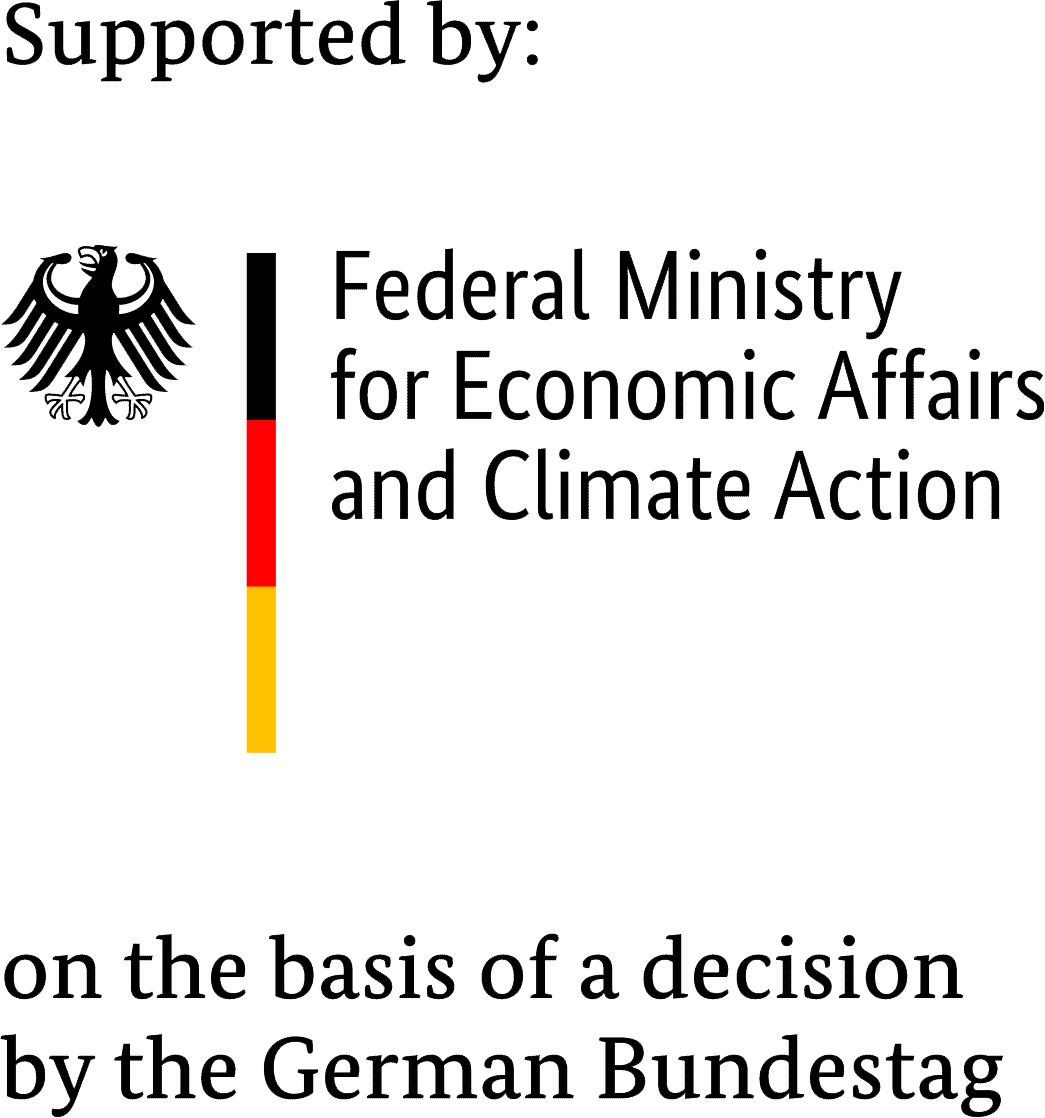Kidney Disease: A Global Challenge
Today, donor-recipient matching for kidney transplantation focuses mainly on the following factors: time on dialysis, age of the donor, and the immunological characteristics defined by Human Leukocyte Antigens (HLA).
Eurotransplant International Foundation does the allocation in different programs depending on the donor age and Acceptable Mismatch program for highly immunized patients. Information of recipients from eight collaborating countries is managed centrally to achieve the best immunological matching of upcoming donors, whose immunological information is matched against the immunological features of all recipients. To reduce the immunological risk for graft rejection, particularly the development of de novo donor-specific antibodies causing humoral rejections, HLA matching is conducted. However, only a small subset of the relevant HLA loci is taken into current consideration to identify the strongest match. Furthermore, matching is only carried out in an alphanumeric manner, which ignores the level of biological similarity in mismatching HLA structures. In the past, HLA matching has been shown to improve graft survival as an increasing number of mismatches is associated with a decrease in graft survival. However, not all mismatches induce antibodies as the immune system recognizes epitopes. As the immunogenicity of HLA mismatches can be better determined by the numbers of epitope mismatches, multiple recent studies investigated the relationship between epitope mismatches and immunosuppression.
In the context of the NephroCAGE project, we will explore the benefits of applying clinical prediction models (CPMs) with enhanced matching algorithms as an extension to existing state-of-the-art donor-recipient matching methods for kidney transplant in a multi-clinical setting. In particular, we will focus on the prediction of severe clinical events having a major impact on graft survival. Furthermore, we will compare the quality of state-of-the-art and next-generation matching algorithms.


